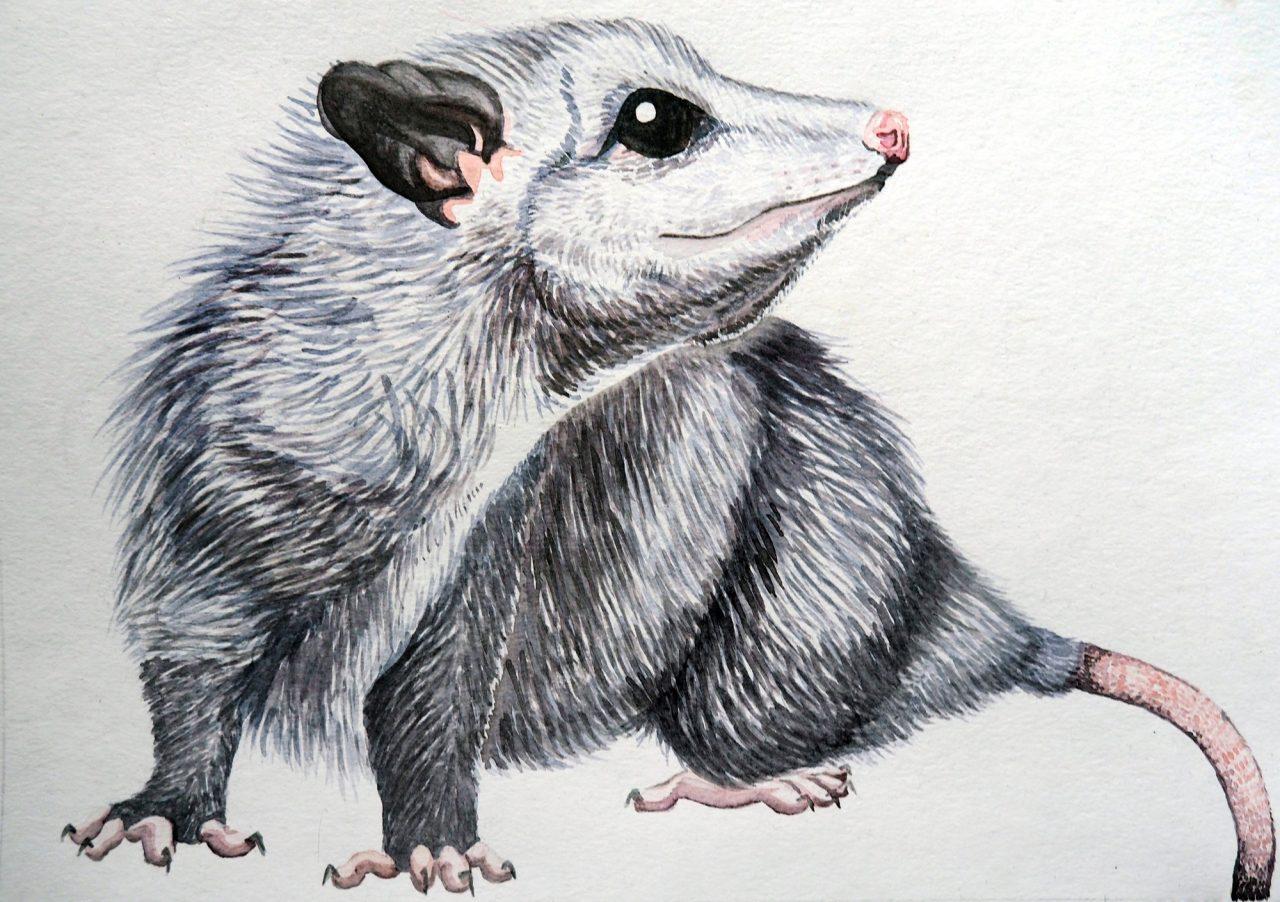Illustration by Andrea Nebhut
Last semester, I was enrolled in Dr. Rando’s Literary Methods course. As a queer woman of color, I figured that the methods most interesting to me would be on queerness, feminism and race. Not only were they my identities, but I had been actively learning more about them in the past few years.
When it came time to discuss animal studies, however, it seemed my excitement grew drastically with each reading.Our first reading for the animal studies methodology was Franz Kafka’s, “A Report to an Academy,” a story in which Red Peter, an ape trained to act like a human, reports on the effects humanization has had on him.
Upon reading this short story, my mind wandered to just about every interpretation: the ape is a metaphor for colonization! Indigenous people, like the ape, were so profoundly changed by the whiteness forced upon them that their concept of self was forever changed. Or, no, wait—the ape could be a metaphor for internalized homophobia: just like queer people, Red Peter learned all of these uncharacteristic behaviors due to the practice of normalization, and what society deems normal. Not once in my excited flutter did I consider that the ape was not a metaphor, but instead, the struggle was that of an ape, and the marginalization was that of an ape.
It wasn’t until I had to present on Naama Harel’s “Deallegorizing Kafka’s Ape: Two Animalistic Contexts” that my life changed for the better. Not only did Harel argue against the ape as a regression from a human, but that the difference between species was one of degree. Not once during my reading of Kafka’s story did I consider that nonhuman animals were interesting or complex enough to portray themselves authentically. Nonhuman animals, to me at the time, were just another vessel to express human emotion, like a red curtain depicts revenge, like a flowing river depicts sadness.
Taking the literary methods class made me realize that I wanted to pursue literary animal studies further. I wanted, from then forward, to commit the rest of my life to learning, or unlearning, everything I possibly could about nonhuman animals. I started questioning all of my behaviors. Was calling my pets “friends” just another way to evade my anthropomorphic tendencies, since they were still fulfilling the role of a “pet?” Am I using companion animals, like dogs, cats or hamsters, to give the illusion that I care about nonhuman animals, when in fact, the power imbalance exists whether or not I say I love them? I thought going deeper into animal studies would make me feel better about how I treat nonhuman animals, but the more I read, the less I know how to properly advocate for them.
For instance, have you ever tried to imagine what it was like before the universe was created? I mean can you try to imagine nothing existing? I’ve pictured “nothing” looking like an empty sky, but that’s still something. That feeling of not being able to pinpoint “nothing” is how I feel trying to unlearn everything I’ve been taught about my relationship with animals.
I’m desperately trying to figure out how I can advocate for them without being anthropomorphic, but I’m not even sure that is possible.
Oh, I have pets? How considerate of me to make them dependent on human animals for their survival. Wow! Me retweeting a World Animal Protection tweet did absolutely nothing. I’m so glad I talked to my friends about doing meatless Mondays! Congrats on doing the bare minimum and also telling people you’re a vegetarian again.
The point of this article is that I am spiraling. I’m optimistic knowing that I have just begun my animal studies journey, so maybe one day I’ll be self-aware enough to not wake up in an anthropomorphic panic every morning. However, just as likely is that in animal studies, you never stop spiraling, and after all the catastrophe we’ve inflicted on our nonhuman animals, I don’t think we deserve peace of mind ever again. May we all never stop spiraling.







